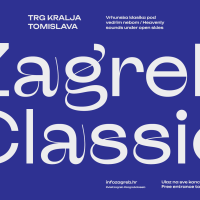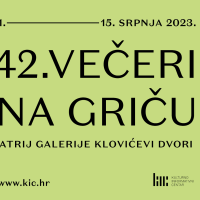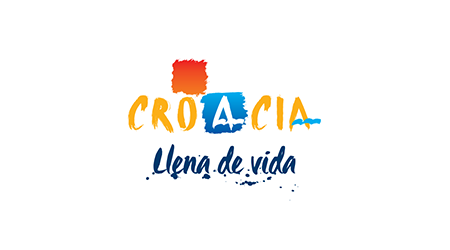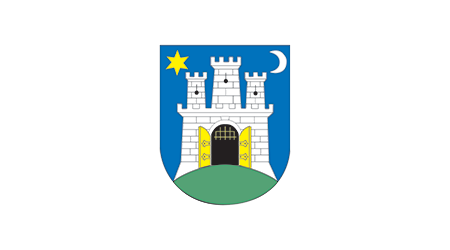Gnalić – Treasure from a 16th Century Sunken Ship
Until the end of May of next year, the Croatian History Museum will be the venue for the exhibition “Gnalić – Treasure from a 16th Century Sunken Ship”, which features a collection of items retrieved from the richest underwater site in the Croatian Adriatic, discovered in the 1960s south of Biograd na Moru, near the island of Gnalić.
 Until May 18th 2014, the Croatian History Museum will be the venue for the exhibition “Gnalić – Treasure from a 16th Century Sunken Ship”. The exhibition features a collection of items retrieved from a mercantile ship that sunk in 1583 and was discovered in the 1960s south of Biograd na Moru, near the islet of Gnalić. Thus far, more than twenty thousand items have been retrieved from the sea bed, which makes this site the richest in the Croatian Adriatic, and in many respects unique in the entire Mediterranean. Unfortunately, before it was discovered by experts, the site was looted by unscrupulous divers. The devastation continued even after the initial research was completed, and before it resumed again in 2012.
Until May 18th 2014, the Croatian History Museum will be the venue for the exhibition “Gnalić – Treasure from a 16th Century Sunken Ship”. The exhibition features a collection of items retrieved from a mercantile ship that sunk in 1583 and was discovered in the 1960s south of Biograd na Moru, near the islet of Gnalić. Thus far, more than twenty thousand items have been retrieved from the sea bed, which makes this site the richest in the Croatian Adriatic, and in many respects unique in the entire Mediterranean. Unfortunately, before it was discovered by experts, the site was looted by unscrupulous divers. The devastation continued even after the initial research was completed, and before it resumed again in 2012.
Apart from getting an insight into the ship’s freight, visitors of the exhibition will also have the opportunity to familiarize themselves with trading in the 16th century. Items retrieved from the sunken ship have been submerged for more than 400 years, and they represent the tangible culture of the early new ages, a period we otherwise know about mostly from written sources and artworks by great masters of the renaissance. The exhibited items include the ship’s equipment (guns, anchors, cordage, a naval compass, etc.), diverse cargo items (candelabra, textiles, glassware, glass for window panes and mirrors, eyeglasses etc.), semi-finished products as well as raw materials (brass sheets and wire, white lead, cinnabar, etc.). The ship’s cargo, which originated from different parts of Europe, had been loaded in Venice and was en route to Constantinople (Istanbul). Therefore, the exhibition sheds light on European manufacturing and trade while bearing testimony to the demand for European merchandise on other markets.
Since the undersea site is so valuable, a modern education, presentation and research centre will be opened in Biograd na Moru, where items retrieved from the shipwreck will take centre stage in the permanent display.
Published: 02.09.2013
 Hrvatski
Hrvatski English
English Deutsch
Deutsch Spanish
Spanish French
French Italian
Italian Russian
Russian Korean
Korean Japanese
Japanese Chinese
Chinese Until May 18th 2014, the Croatian History Museum will be the venue for the exhibition “Gnalić – Treasure from a 16th Century Sunken Ship”. The exhibition features a collection of items retrieved from a mercantile ship that sunk in 1583 and was discovered in the 1960s south of Biograd na Moru, near the islet of Gnalić. Thus far, more than twenty thousand items have been retrieved from the sea bed, which makes this site the richest in the Croatian Adriatic, and in many respects unique in the entire Mediterranean. Unfortunately, before it was discovered by experts, the site was looted by unscrupulous divers. The devastation continued even after the initial research was completed, and before it resumed again in 2012.
Until May 18th 2014, the Croatian History Museum will be the venue for the exhibition “Gnalić – Treasure from a 16th Century Sunken Ship”. The exhibition features a collection of items retrieved from a mercantile ship that sunk in 1583 and was discovered in the 1960s south of Biograd na Moru, near the islet of Gnalić. Thus far, more than twenty thousand items have been retrieved from the sea bed, which makes this site the richest in the Croatian Adriatic, and in many respects unique in the entire Mediterranean. Unfortunately, before it was discovered by experts, the site was looted by unscrupulous divers. The devastation continued even after the initial research was completed, and before it resumed again in 2012.









